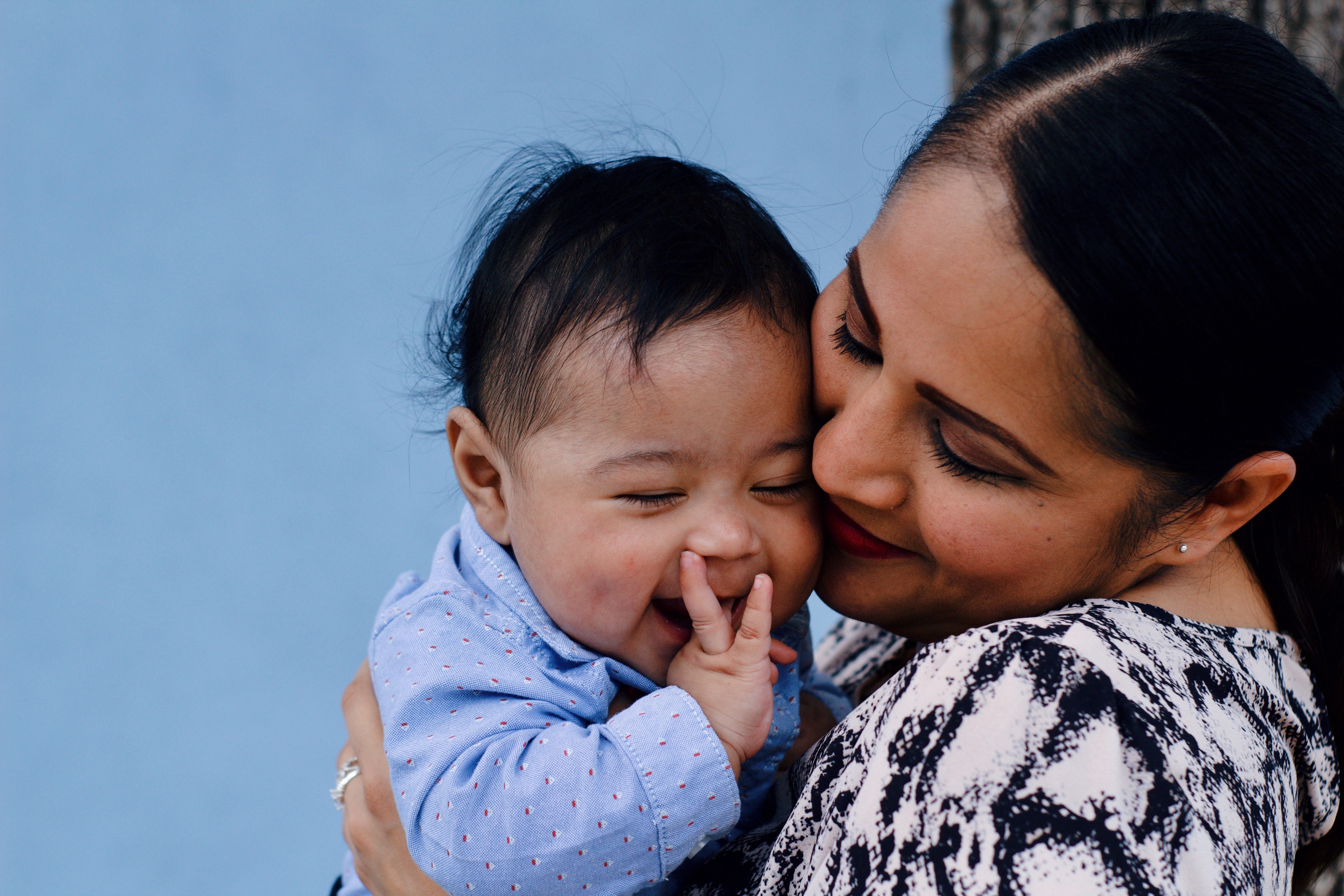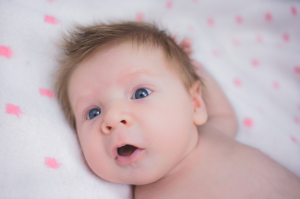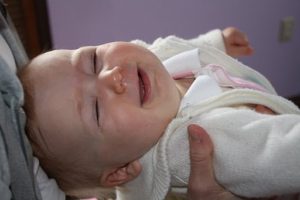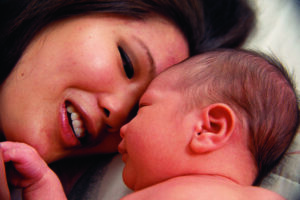When you understand what your baby is feeling and why they might be feeling that way, you can better meet their needs. Over time, your baby will learn that you are there when they need you. By observing your baby carefully you will learn to read their signals and respond to their needs. This will help them understand and learn to cope with their own emotions as they grow.
New parents may often feel like crying is the only way their baby communicates, but as you get to know your baby, you’ll realize that they can communicate using both verbal and non-verbal cues. Once your baby starts to smile, for example, you’ll notice that they often “smile” with their whole body.
Your baby is probably showing “I like it” when:
- they are quietly alert and attentive
- they are smiling
- their face “brightens” when you smile or speak or sing
When your baby shows some of the following behaviours, they may be saying “I don’t like it”:
- pouting
- whimpering
- eyes partly closed or looking away
- turning away from you
- tight fists
- crawling away
Your baby is probably saying “I need you” when they:
- reach up with their arms
- look for you
- start making more sounds
- lean or crawls towards you
Every baby is unique and by looking into your baby’s eyes, holding them close, talking, singing and reading to them and learning about their different cries, you and your baby are learning how to communicate with each other.
Click here for more information on playing



Building a secure attachment
